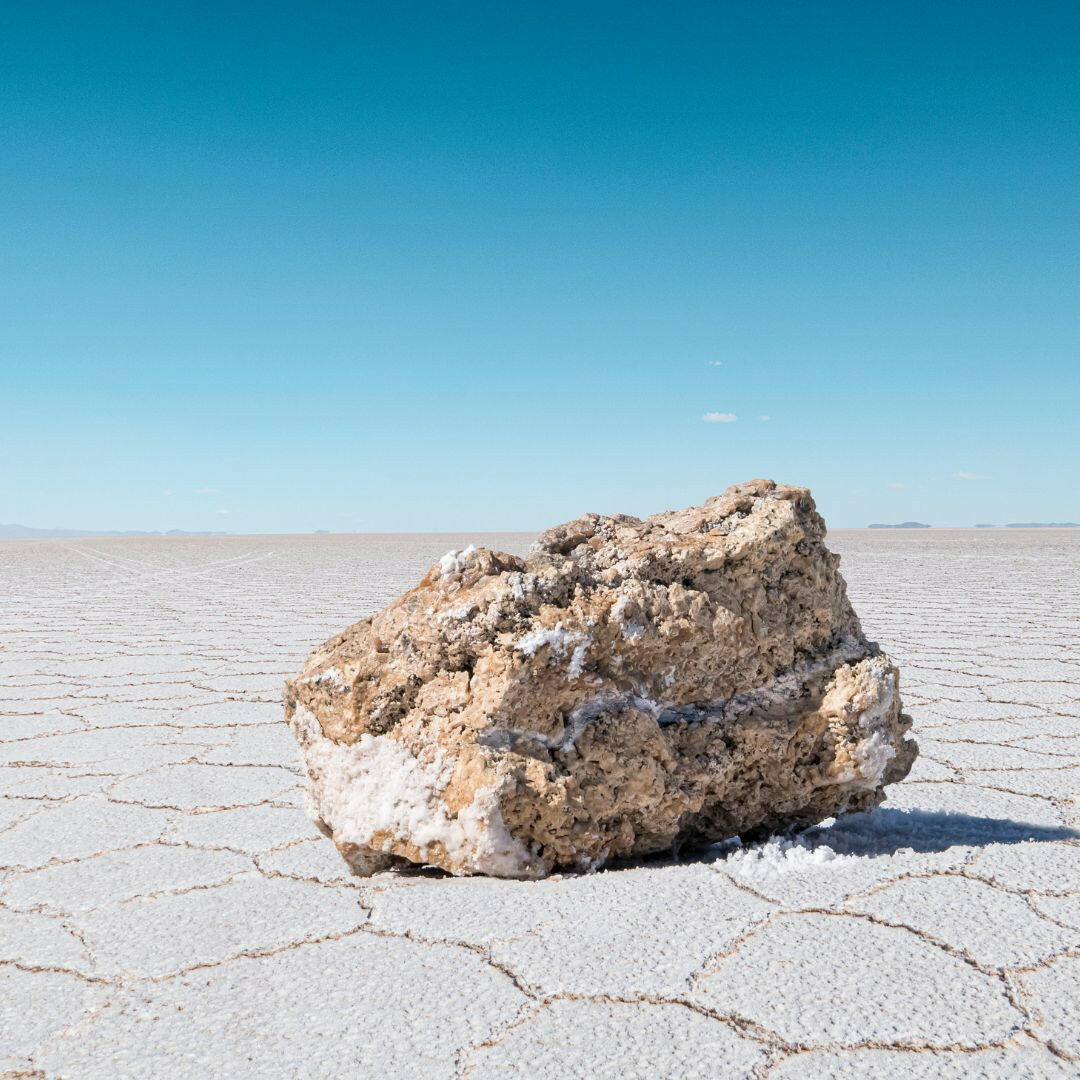
Lithium
- In stock, ready to ship
- Backordered, shipping soon
Lithium analysis in soils
Do you want to assess the presence of lithium in your soil? This analysis allows you to identify its concentration and potential sources of contamination in order to prevent environmental and health risks.
| Analyzed parameters |
| Quantification of total lithium |
Lithium analysis, an essential tool for environmental preservation
Lithium occurs naturally in the environment, but certain human activities, such as mining, industrial discharges, or fertilizer use, can lead to excessive accumulation. In the long term, this can affect soil quality, biodiversity, and the health of aquatic ecosystems.
Excessive lithium levels in soils can also impair plant growth and contaminate water resources. Analysis therefore makes it possible to anticipate these effects, adopt appropriate management strategies, and minimize the impact on the environment and agriculture.
A reliable and rapid analysis method
Sampling is carried out according to strict protocols in order to obtain accurate and representative results. The samples are then analyzed in a COFRAC -accredited laboratory, guaranteeing reliable measurements in compliance with environmental standards.
Results are available within 10 days. They allow for a rapid assessment of the situation and the implementation of appropriate solutions, such as soil treatments or monitoring of lithium levels.
The advantages of this Lithium analysis
- Soil and water conservation : Prevent contamination of groundwater and limit the impact on the ecosystem.
- Identification of pollution sources : Locating the origin of lithium allows targeted measures to be adopted to reduce its accumulation.
- Optimizing land management : Anticipating risks associated with excess lithium helps preserve the quality of crops and natural spaces.
- Compliance with regulations : Comply with current standards to limit pollution and guarantee a healthy environment.
A commitment to a sustainable future
Analyzing lithium in your soil is a responsible approach to protecting the environment and natural resources. Furthermore, rigorous soil management limits negative impacts and promotes sustainable and balanced development.
So, don't let pollution compromise the quality of your soil and water resources. Order your analysis today and take the necessary steps to protect your environment!
Dimensions:
Reusable collection kit box: 20cm x 18cm x 10cm weighing approximately 110 grams.
The test kit includes a sample collection bag, instructions, shipping box, and prepaid postage.
Nothing could be simpler!
- Take your soil sample: Dig the area to be analyzed to a depth of 30 cm. To ensure the sample is representative, dig in several places on your plot.
- Condition your soil: Mix the collected soil in a clean bucket to obtain a homogeneous sample, then fill the provided bag, avoiding stones, leaves, or wood. Make sure it is tightly sealed and does not exceed 500g.
- Send your sample: Place the collection bag in the reusable shipping carton. Affix the provided DHL label to the package. Seal the box using the provided tape. Take your package to the nearest DHL Express point.
The analysis kit is quick and easy to use. You'll receive a detailed, digital, concise, and easy-to-understand report. You'll not only receive information on the quality of your soil, but also tailored advice on how to improve it.

